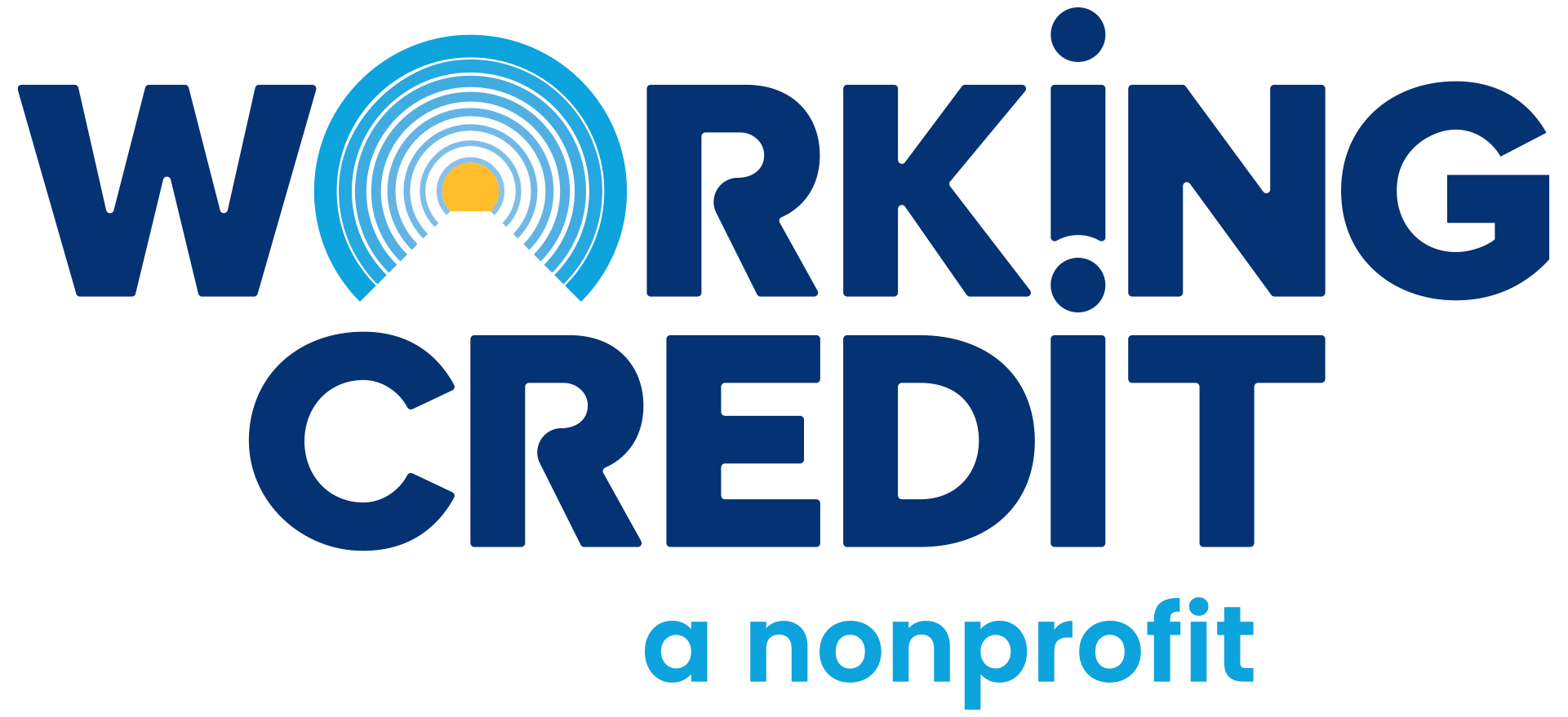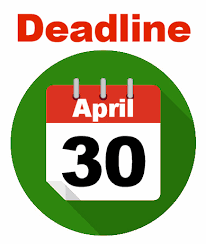After the Supreme Court issued its ruling that blocked the Biden-Harris Administration’s student loan debt relief plan in June of 2023, the administration announced they would be pursuing a different process to cancel $44 Billion in student loan debt for around 900,000 borrowers as part of the payment count adjustment.
At that time, updates to Income-Driven Repayment (IDR) plans were made to address the many problems that have been faced by borrowers, including not getting proper credit toward loan forgiveness in the past.
To attempt to correct this issue the U.S. Department of Education (ED) will be reviewing all borrower accounts that have at least one Direct Loan or Federal Family Education Loan (FFEL) program loan held by the ED to identify all qualifying payments, including some forbearances and deferments before 2013. This will help the ED determine how close individuals are to meeting the 20–25 year forgiveness threshold necessary to qualify.
How will the one-time payment count adjustment work?
The payment count adjustment is a one-time initiative set up to address some of the historical failures that have taken place in administering federal student loans over the past few decades. The goal is to provide needed relief to borrowers who have been in repayment for 20 years or more, and provide other borrowers with an accurate status of their progress toward forgiveness moving forward. The adjustment will provide credit toward income-driven repayment forgiveness and Public Service Loan Forgiveness (PSLF).
This adjustment will be automatic for many, however, borrowers with Federal Family Education Loan (FFEL) & Perkins Loans will need to consolidate before they can access the IDR account adjustment.
Originally, the deadline for consolidation was December 31, 2023. That has been extended and is now April 30, 2024, to give those eligible more time to apply.
What is loan consolidation?
A direct consolidation loan allows for the combining of multiple federal student loans into one loan with a fixed interest rate and payment. Consolidation also allows access to federal forgiveness programs and income-driven repayment plans.
How do I know if I need to consolidate?
Start by logging in to studentaid.gov to check the status of your loans. You’ll need to click “view details” from your dashboard. The status of each loan will be outlined. Any loans labeled “owned by private lender” or showing a company or school’s name are privately held and will need to be consolidated.
An easy way to know if you had private or commercially held loans (Perkins or FFEL) is if you were still required to make payments during the pandemic payment pause.
How do I consolidate?
You must apply to consolidate your loans online at https://studentaid.gov/loan-consolidation/.
You can also contact the Federal Student Aid Information Center (FSAIC) at 1-800-433-3243 or via live chat in your studentaid.gov account. A paper application can be requested for those unable to apply using the online system. Please note that wait times are long for any chat or phone calls, so the best way is to go online.
Consolidation MUST be completed no later than April 30, 2024.
What if my loans are in default?
You’ll need to get out of default to get the benefits of the payment count adjustment through the Fresh Start program or consolidation. You can get more information on Fresh Start here.
When will the one-time payment adjustments occur?
Account adjustments have already begun for those that have been in repayment for 20-25 years. All other borrowers’ accounts will be adjusted after those are complete. The ED has set a deadline of July 2024 to finish all payment account adjustments but has stated that it may take some time after that for a borrower’s progress to show up on their servicer’s website and studentaid.gov.
For more information
On the payment count adjustment, visit the Federal Student Aid website here or read this informative blog that outlines the seven things you should know about the payment count adjustment.
You can also reach out to your credit building counselor or us at program@workingcredit.org, and we can answer your questions or point you in the right direction!




